On the 16th of August 1819 at St Peter's Field in Manchester, mounted government troops charged into a crowd of over sixty thousand people who were peaceful campaigning for parliamentary reform.
The Riot Act of 1715 went by the rather long title of "An Act for preventing tumults and riotous assemblies, and for the more speedy and effectual punishing the rioters." It was introduced a year earlier when the country was troubled by a number of serious disturbances with the intention of
"many rebellious riots and tumults that have been taking place of late in divers parts of this kingdom" and gave the warning
"Our sovereign Lord the King chargeth and commandeth all persons, being assembled, immediately to disperse themselves, and peaceably to depart to their habitations, or to their lawful business, upon the pains contained in the act made in the first year of King George, for preventing tumults and riotous assemblies. God save the King." Percy Shelley writes of the massacre in his Masque of Anarchy
“Rise like Lions after slumber
In unvanquishable number
Shake your chains to earth like dew
Which in sleep had fallen on you
Ye are many-they are few.”
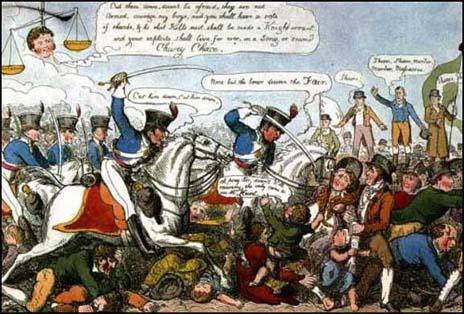
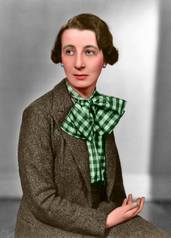
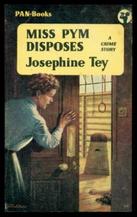
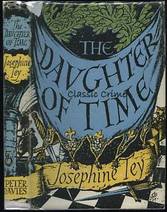

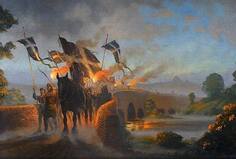
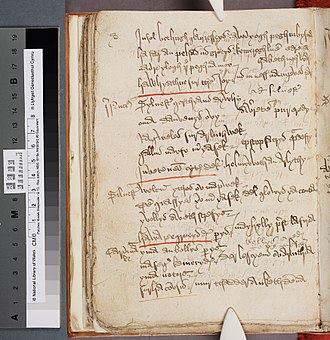
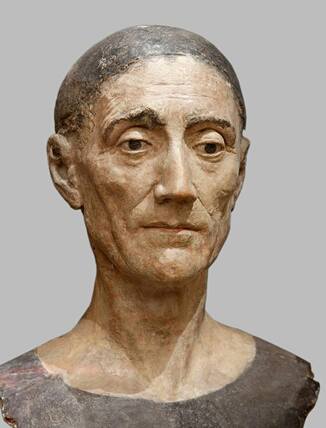
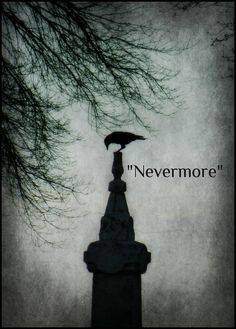
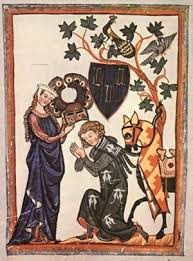
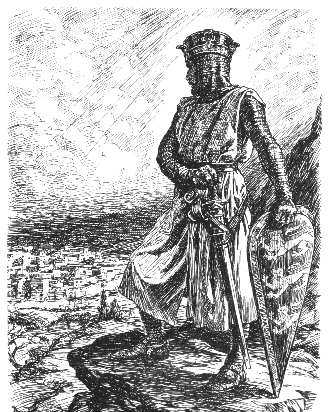
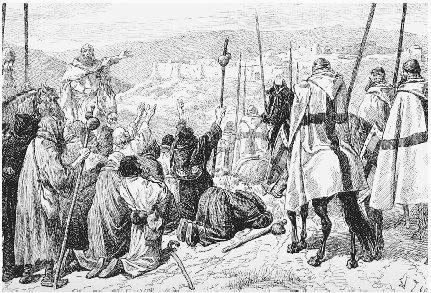

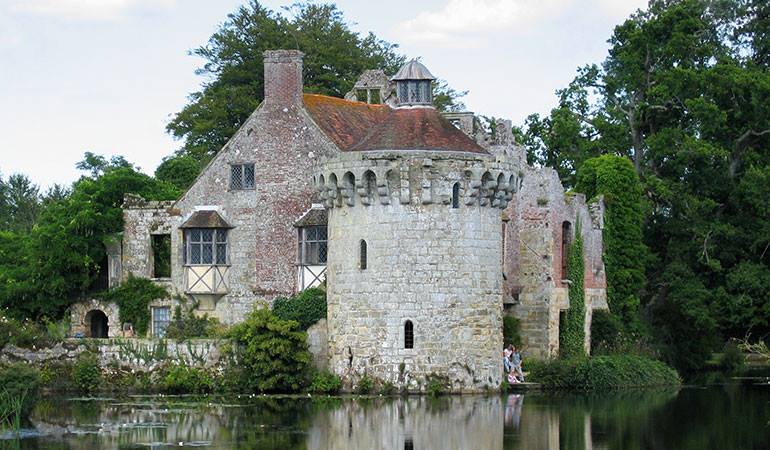
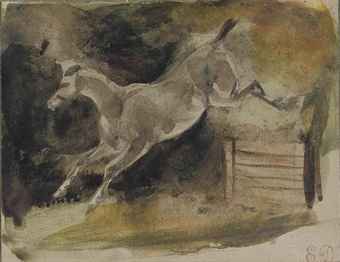
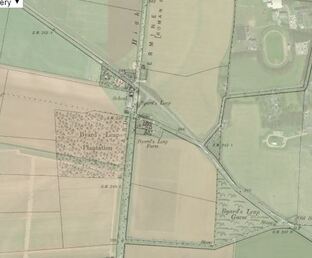
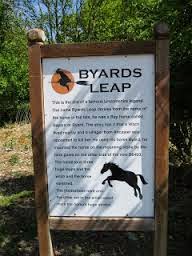
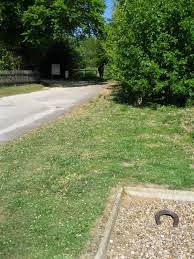

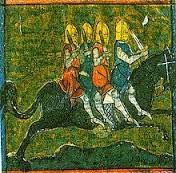
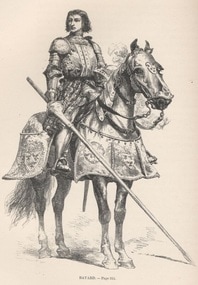

 RSS Feed
RSS Feed
